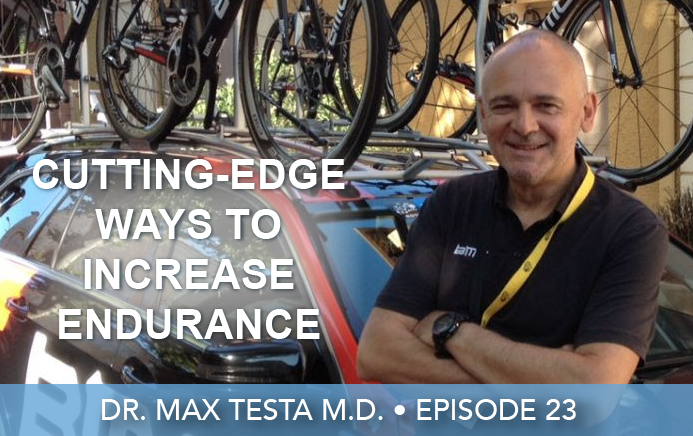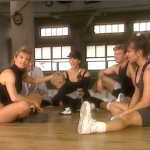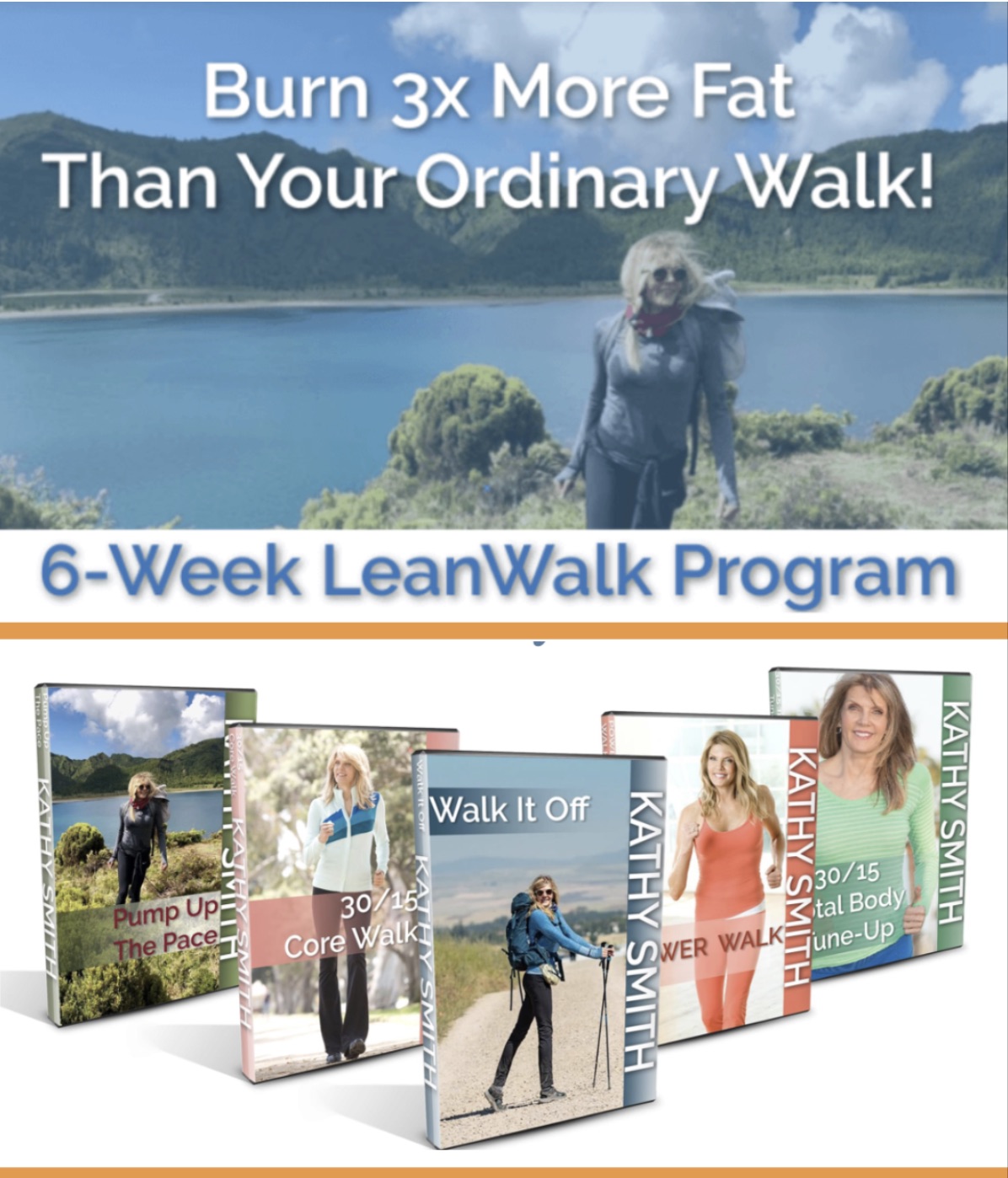Episode 23 | Dr. Max Testa, Ph.D. | Releasing Your Inner Athlete

CLICK PLAY!
Why you should listen
One of my goals for next year…a REALLY big goal… is to Ride Across America. That’s right – in May 2017 I’m taking a cross-country journey… on a bike.You might be thinking, “Kathy you’re crazy!” But my mission has always been to inspire the best in everyone. And the Ride Across America is the next step in that journey.
The idea to take on this challenge has been on my bucket list for a while. As soon as I set the date of Fall 2017, I started to hear from people all across the country lending their support on this adventure!
The man who gave me the confidence that I could pull this off is today’s guest, Dr. Max Testa. To Max, the journey across America is 100% doable, because in 2003, he helped a team of doctors ride across America.
Dr. Testa and I serve on the Advisory Board of the LiVe Well Center at Park City Hospital. He specializes in sport and exercise medicine…from prevention to diagnosis to treatment. He’s worked with professional cyclist and pro cycling teams for more the 25 years. He’s participated in 17 Tours de France races, and he’s even coached Lance Armstrong. He’s legendary when it comes to giving advice on training, preventing injury, and accessing peak performance.
Whether you’re wanting to try a new sport…biking, running, tennis, swimming, or if you’re trying to maximize the results from your daily workout, today, Dr. Testa is sharing his years of expertise and insights on how to perform at your PEAK!
FAMILIAR WITH PODCASTS? LISTEN ON iTUNES!
Follow Along With The Highlights
One of my goals for 2017 is to ride across America. Now, you might be thinking yourself: “Kathy, you’re absolutely crazy!” And, I probably am a little crazy – but, my mission has always been to inspire the best in people, to help them dream big and reach their goals. This ride across the country is simply the next step in that journey.
As soon as I set the fall 2017 date, I started hearing from people all across the country. The man that gave me the most confidence in my abilities to pull this whole thing off is today’s guest, Dr. Max Testa. Dr. Testa specializes in sports and exercise medicine from prevention, to diagnosis, and then to treatment. He’s worked with professional cyclist and pro cycling teams for over 25 years and has participated in 17 Tour de France races. He even coached Lance Armstrong! Dr. Testa and I also serve on the advisory board at the LiVe Well Center in Park City, Utah. He’s a legend when it comes to giving advice on training, preventing injury, and accessing peak performance.
When I first moved to Utah, we both attended a fundraiser for a nonprofit called Play Safe, Play Well. You were there and everybody was talking about this technique that you have that allows people to measure their oxygen uptake and find out where they are in their development – whether they’re beginning, intermediate, or advanced. Then you can use that information to help them progress safely to the next level. Can you explain a little bit about how how all of this works?
Yes. Through my experience of working with professional athletes, I always saw this big difference in how our professional athletes train versus what the average weekend warrior does to train. I was surprised by how little of what the pros use are actually used by normal athletes in everyday life. So, my philosophy is to treat everyone independently of their starting fitness level so that we could use the science of sports to prevent injuries and improve performance.
It sounds like you’re talking about personalizing a routine for the individual athlete. Let’s say that you know somebody who has a goal – maybe it’s to run a 10k or to join a breast cancer walk. What are the first steps someone should take if they want to undertake a new athletic activity?
I think that the first step is good get a good checkup of your current condition in terms of health and fitness For example, if you are about to start a long trip, then you want to make sure that your car is fit for the trip and that you’ll make it there safely. The same thing is true for your body. You also need to understand how much your new goals are going to cost your body in terms of stress, energy expenditure, and your ability to recover.
A lot of us tend to think that we’re actually in better shape than we really are while other people do the opposite – they feel that they’re not in good shape but they actually are. And the reason for this is that you don’t really have a lot of ways to judge your fitness. Most of the time you judge your fitness by comparing yourself with people that have a different lifestyle and different genetics and they have a different amount of time available for training. So the first thing to do is a check up of your current level of fitness and health. This will allow you to see if what you want to do is compatible with where you are.
What kind of things would you be checking for? Let’s say that I’m new to the game and I don’t know what my baseline is for things like blood pressure or heart rate – not to mention lung capacity. How would you test these things?
That all depends on the challenge that you’re undertaking. You need to decide which qualities you want to measure. First, we need to make sure there is no pre-existing condition that could worsen with training. Then we will look at some parameters like body composition (fat mass and lean mass) and weight-to-height ratio. After that, we look at the fitness of your cardiovascular system to see how much oxygen your heart and lungs to can deliver to your working muscles.
In terms of lung capacity itself, that is mostly genetic but can improve with exercise – especially if you start at an early age. This means that you can only do so much about lung capacity, but that’s not the only thing that determine how much oxygen you can can deliver. As a matter of fact, there are a lot of athletes that don’t have huge lungs, but they can move a lot of air because they can create a lot of pressure. So, you can have bigger guys with bigger lungs who can’t move as much air as the smaller ones. It’s all more complex than just the lungs itself. There’s a lot of chemistry involved – like the chemistry in your lungs and the chemistry in your blood that allows you to exchange gases very quickly.
On top of all of this is your heart performance. We can look at how much blood your heart can pump at one time and then see how performance changes as exercise intensity increases. We can also look at how efficiently the heart can deliver oxygen to the lungs. So, it’s a combination of factors that can help us improve your fitness. Some people need to work more on their lungs while others need to work on their heart fitness.
What’s the biggest mistake that people make when they’re starting a new exercise program?
They don’t set reasonable goals and then they don’t follow through with their training. So that’s why an assessment is so important. This allows us to see if their fitness and health will ever actually lead them to their goal. If it doesn’t, we can lower the bar and start with smaller stuff. Every once in awhile, we’ll see improvement moving faster than we expected so we can then change our goals. The key is know yourself and know your body and then set reasonable goals from there.
I’m preparing for this ride across America and I want to talk about rest and recovery. I think people underestimate how much sleep and rest they’ll need. Are there any suggestions you can give us in that area?
People often think about “recovery time” as a “waste of time” – especially goal-oriented athletes. They focus on what they think is the active part of training – moving, pushing, getting stronger. But, recovery IS an active part of training – any training without proper recovery is going to just fatigue you and it’s not going to lead you to improvement. So recovery requires that you give the body all the energy it lost during through proper nutrition. You have to recover the glycogen so the sugar that your body stores. On the Tour de France, this is what we focus on day after day. You have to make sure that you recover all the fluids you use in a daily effort like going across America. You can check your weight in the morning after the ride and calculate your sweat rate. Once you know that, then you know how much you have to drink while you’re on the bike all day. Simple awareness like that can go a long way towards helping you meet your goals.
To find out more about Dr. Max Testa, visit his website. To learn more about The LiVe Well Center, click here.







